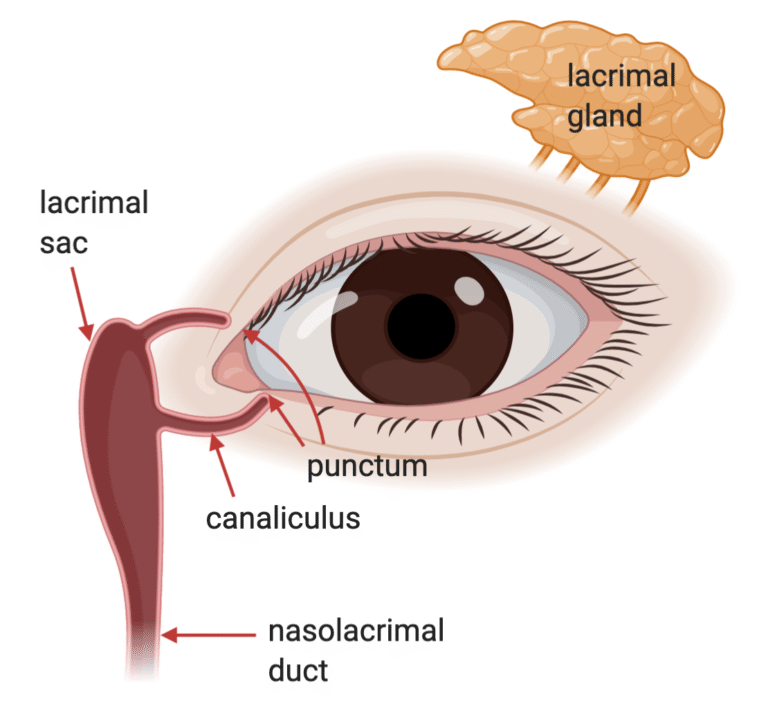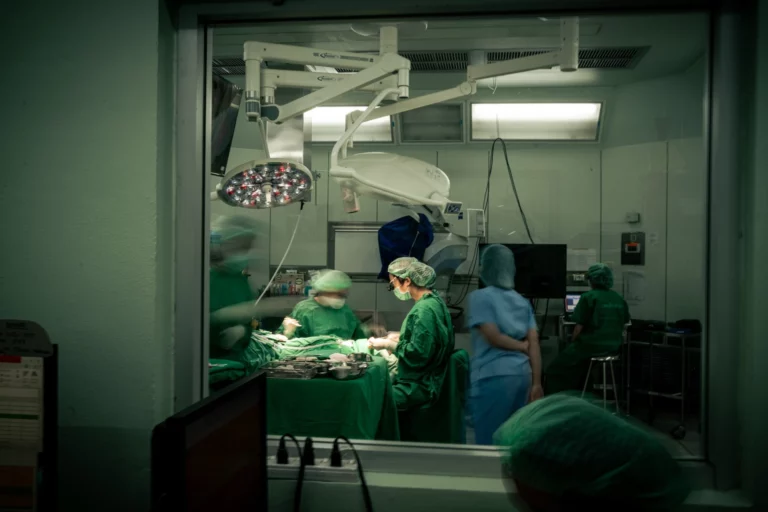Why Would an Eye Need to Be Removed?
Eye removal is a serious step, but sometimes it is the best way to relieve pain, protect your health, or improve appearance. Reasons may include:
- A blind, painful eye
- Severe infection or injury
- A cancerous tumor inside or around the eye
- A shrunken, deformed eye
In some cases, removing the eye can save your life (such as with certain tumors). In others, it can restore comfort and confidence.
Types of Surgery
There are two main types of eye removal:
- Enucleation – The entire eyeball is removed, leaving the eye muscles and surrounding tissues in place. This is usually done when there is a tumor, severe injury, or dangerous infection.
- Evisceration – The inner contents of the eye are removed, but the outer wall and muscles remain. This may be used when there is no tumor or infection. It is usually a shorter surgery.
Your oculoplastic surgeon will recommend the safest option for you.
What Happens During Surgery?
- The surgery is usually outpatient, performed under general anesthesia.
- An orbital implant is placed inside the socket to maintain shape and support movement.
- Eye muscles are preserved so the artificial eye (prosthesis) can move naturally.
- A temporary clear shell (conformer) is placed for healing.
Recovery
- Mild tenderness, swelling, bruising, or discharge are common at first.
- Antibiotic drops or ointment are prescribed.
- Most people return to normal activities in 1–2 weeks.
- A custom prosthetic eye is fitted a few weeks later by an ocularist.
Risks and Complications
Like any surgery, risks include:
- Bleeding or infection
- Implant shifting or exposure
- Poor movement of the prosthetic
- Scarring inside the socket
- Rarely, the need for additional surgery
How Will It Look?
With a well-made prosthesis, most people look natural and others may not notice it is artificial. The prosthesis can move with the other eye, restoring confidence and appearance.



